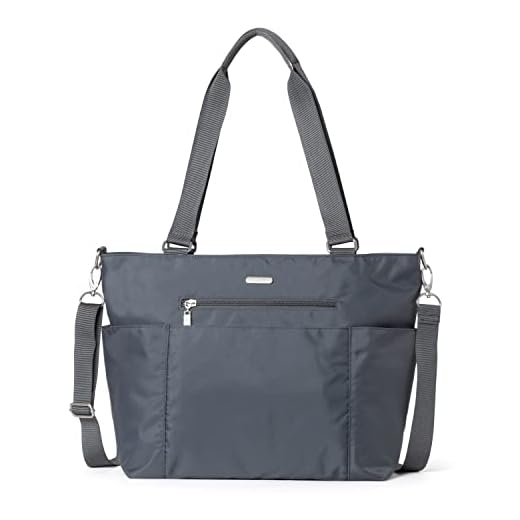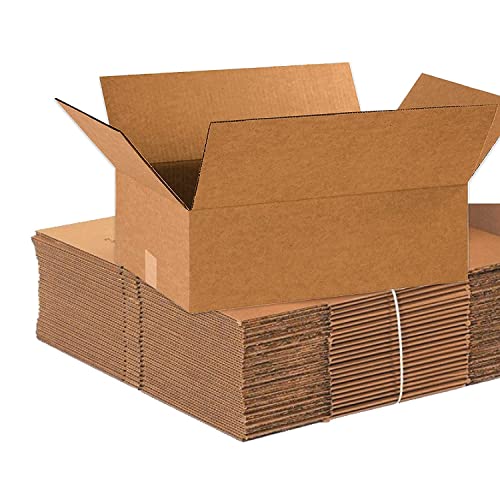



Prioritize durability and materials. A reliable option is crafted from high-density nylon or canvas, which withstands daily wear and tear, resisting moisture and abrasions. Look for reinforced stitching and quality zippers to enhance longevity and functionality.
Examine the organizational elements. Ample pockets, including dedicated compartments for electronics, pens, and personal items, contribute to a well-structured interior. Consider a design that allows for easy access to frequently used items, minimizing time spent rummaging.
Assess comfort factors. Adjustable, padded straps can significantly improve the wearing experience, particularly during prolonged use. A bag with an ergonomic design that distributes weight evenly across the shoulders can prevent strain during commutes or travels.
Evaluate size and capacity. Ensure that the chosen design accommodates your daily essentials without being overly bulky. A versatile option can transition smoothly from casual outings to professional settings, making it a practical addition to any wardrobe.
Assessing Bag Material for Durability
Opt for nylon, especially ripstop variants, due to their resistance to wear and tear, water, and UV damage. Look for denier ratings; a higher denier typically indicates more robust fiber density.
Canvas vs. Synthetic Fabrics
Canvas offers a classic aesthetic with reasonable durability, but synthetic options like polyester excel in moisture resistance and lighter weight. Consider a combination of materials–canvas with a synthetic lining–for optimal performance.
Seams and Stitching
Check seam quality; double or triple stitching enhances durability at stress points. Reinforced areas, especially around handles and zippers, provide added strength against daily stresses.
Choosing the Right Size for Your Needs
Select a design that matches your daily requirements. If you commute with a laptop, ensure the dimensions accommodate your device comfortably, ideally with extra padding for protection.
Consider storage compartments; a variety of pockets allows for organized placement of essentials, such as notebooks, chargers, and personal items. Measure these items before making a decision to guarantee everything fits without excessive bulk.
If you travel frequently, opt for a medium-sized option that balances capacity and portability. Avoid overly large variants unless heavy loads are typical in your routine, as they can become cumbersome.
Pay attention to the closure method; magnetic flaps can save space compared to zippers, which might protrude. Incorporate a stylish yet functional design that aligns with your lifestyle. Remember to evaluate the size of straps for comfort during extended use.
Finally, consider how you plan to use your choice; multifunctional designs that adapt to different situations are often most beneficial. For additional tips on maintaining your gear, check out this guide on how to fill the dirt devil spot scrubber.
Understanding Padding and Protection for Electronics
Seek models equipped with substantial padding to shield laptops, tablets, and other electronic devices from bumps and shocks. Look for cushioning materials like closed-cell foam, which offers high protection while remaining lightweight.
Internal Design Considerations
Examine compartments for specific device organization. A dedicated laptop sleeve should not only be padded but also fit snugly to prevent movement during transport. Additional pockets with padding can help protect accessories like chargers and headphones.
Water Resistance and Extra Features
Select options that feature water-resistant exteriors. This provides an added layer against moisture, protecting electronics from unexpected spills or rain. Some models may include weather flaps or zippers designed to enhance this protection further.
Evaluating Strap Comfort and Adjustability
Prioritize adjustable straps that allow for personalized fitting. Look for designs featuring both length customization and a wide adjustment range. Straps should distribute weight evenly to minimize discomfort during prolonged wear.
Materials matter; opt for straps made from cushioned or padded options. This provides extra comfort and prevents chafing against the skin. Check for breathable fabrics that enhance moisture wicking during use, particularly in warmer environments.
A thorough evaluation of strap width is necessary. Wider straps often offer better weight distribution than narrow ones. Choose a design that balances between width for comfort and mobility for ease of movement.
Test the adjustability by wearing the item while standing and walking. Ensure that the straps remain secure and do not shift excessively, which can lead to discomfort over time. Aim for buckles and mechanisms that are user-friendly for quick adjustments when needed.
| Feature | Recommendation |
|---|---|
| Strap Material | Cushioned, breathable fabrics |
| Strap Width | Wider straps for comfort |
| Adjustability | Easy-to-use buckles with a wide range |
| Weight Distribution | Even balance to minimize strain |
Identifying Compartment Organization and Accessibility
Assess compartment layouts and ease of access to maximize functionality. A well-structured design ensures quick retrieval of items, which is vital in busy environments.
Consider the following elements while evaluating organization:
- Main Compartment: Should be spacious yet divided. Look for internal pockets for placing larger items, along with smaller sections for essentials.
- External Pockets: Quick-access pockets on the front or side are beneficial for items you reach for regularly, such as a phone, keys, or water bottles.
- Dedicated Laptop Sleeve: Ensure a padded, separate section for your device to avoid damage and provide easy access.
- Configurations: Adjustable dividers or modular spaces allow customization depending on daily needs.
- Visibility: Lighter-colored interiors help locate smaller products effortlessly, eliminating fumbling in low-light conditions.
Evaluate the opening mechanism, too. Zippered tops provide security, while magnetic flaps or buckles can allow for quicker access. Ensure closures are reliable yet convenient.
For specific use cases, consider options like the best messenger bag for mirrorless camera to cater to camera gear requirements and travel duffel for additional versatility during trips.
Considering Style and Professional Appearance
Opt for a design that aligns with your personal brand and the environments you frequent. A sleek, minimalist silhouette often conveys professionalism, while bold patterns may not evoke the same level of seriousness. Neutral colors such as black, brown, or navy are versatile choices that can complement various outfits.
Material Choices Reflecting Style
The choice of fabric impacts both aesthetics and perception. Leather exudes elegance and longevity, whereas canvas can offer a more casual vibe. Consider how the material interacts with other components, such as zippers and hardware; high-quality, polished finishes contribute positively to an overall stylish appearance.
Functional Elements Enhancing Appearance
Subtle details can enhance both form and function. Look for bags featuring refined stitching, quality closures, and thoughtfully designed pockets. A bag that maintains its shape offers a more refined presence, especially in formal settings. Ensure your accessory not only looks good but also serves as a practical tool, allowing easy access to your essentials without compromising style.
FAQ:
What materials are best for a durable messenger bag?
When choosing a messenger bag, look for materials like nylon, canvas, or leather. Nylon is lightweight, water-resistant, and easy to clean. Canvas is sturdy and offers a classic look, while leather provides a premium feel and can be quite durable if properly cared for. Consider the bag’s construction quality and stitching, as these factors significantly affect its longevity.
How do I determine the right size for a messenger bag?
The right size for a messenger bag largely depends on your personal needs and what you plan to carry. If you’re looking for a bag for commuting, it should have enough space for your essentials like a laptop, documents, and personal items without being too bulky. A bag around 15-17 inches in width is usually suitable for most laptops. Try to assess how much you typically carry and select a size that accommodates those items comfortably while allowing for some extra space. Measurements are critical, so check the dimensions before purchasing.
What features should I prioritize in a messenger bag for daily use?
For daily use, focus on several features that enhance functionality. Look for adjustable shoulder straps for comfort during extended wear. A padded compartment for your laptop or tablet is also important for protection. Multiple pockets are useful for organizing smaller items like pens, chargers, and your phone. Additionally, consider a weather-resistant exterior if you’ll be outdoors often, as this will help protect your items from rain or spills. Reflective strips can provide added safety for those who commute at night. Assess your daily routine to identify which features will benefit you most.









